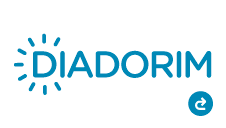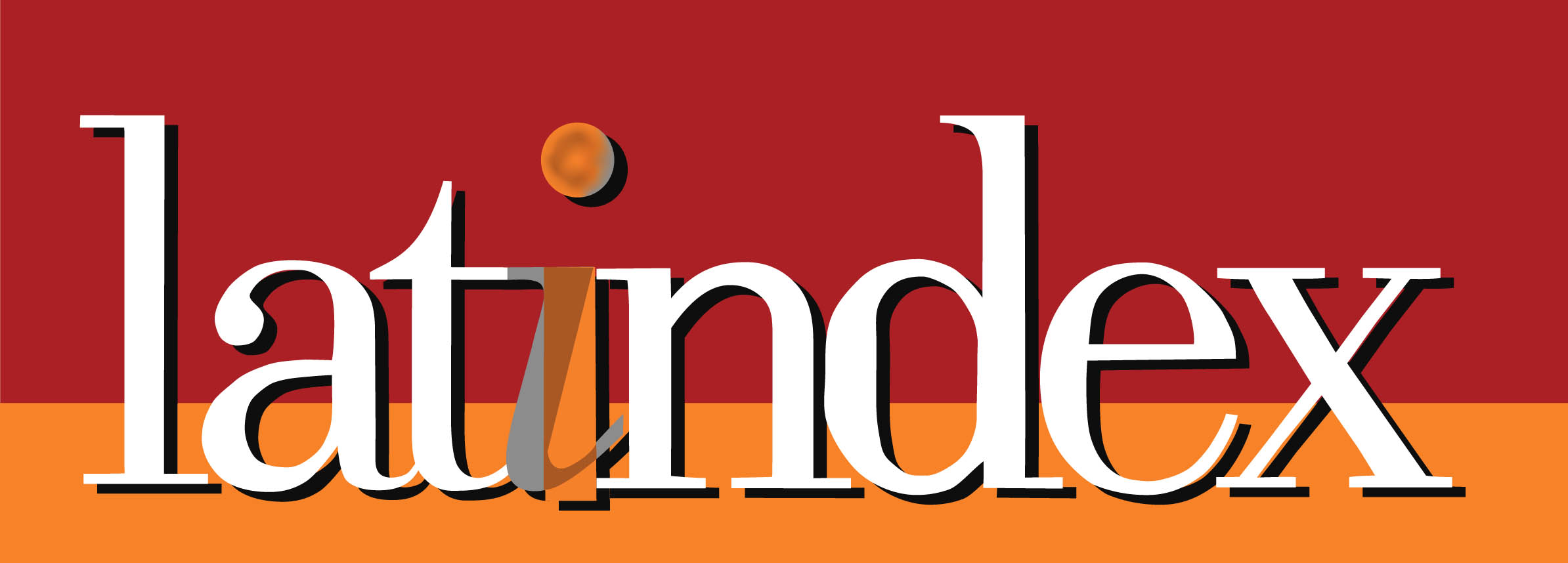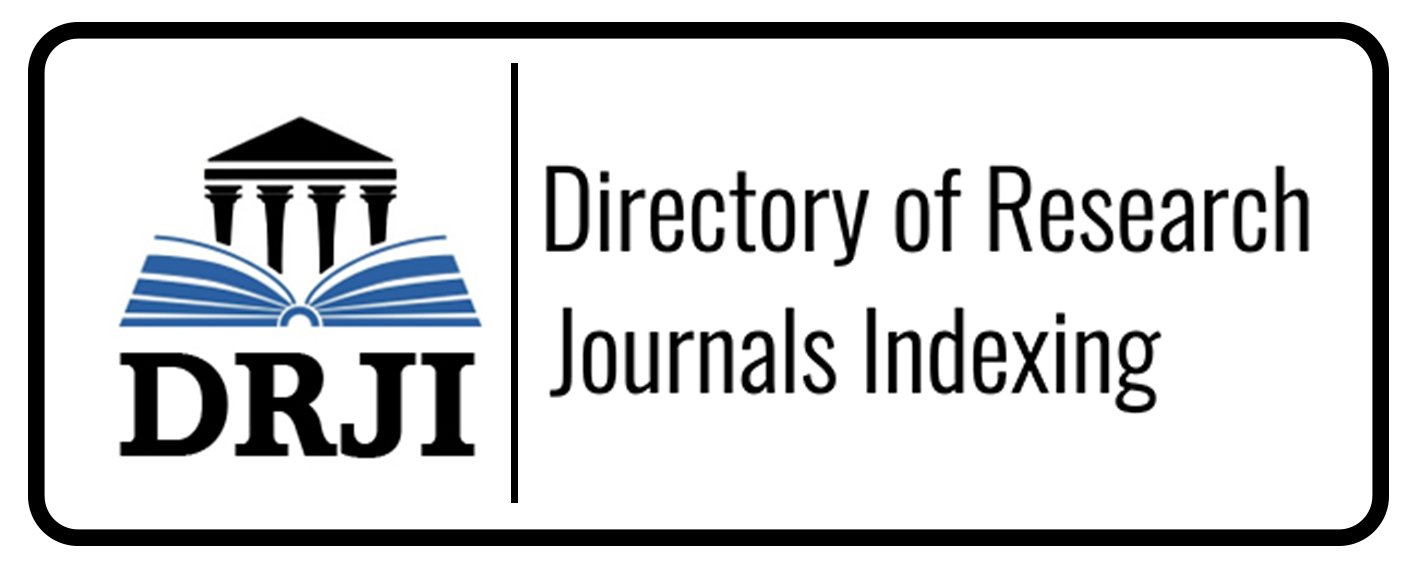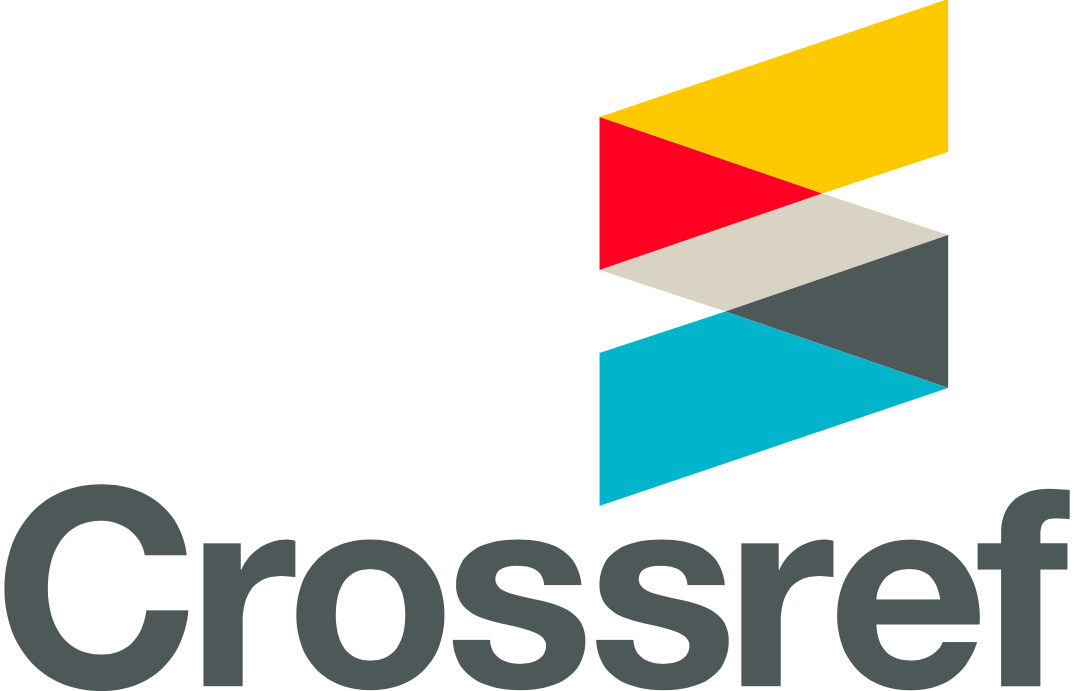About the Journal
- Revista Chronos Urgência
- Scope
- Privacy Statement
- Peer Review Process
- Frequency
- Open Access Policy
- Archiving Policy
- Sources of Indexing
- Intellectual property
- Funding source
Revista Chronos Urgência
First national scientific journal in this editorial line, of Continuous Publication (rolling pass), with articles evaluated by members of the editorial board and ad hoc reviewers. Its dissemination is made exclusively through digital means, offered for free access, non-profit, without any costs for the reader or for the publication of the articles.
Concepts, ideas and opinions issued in the manuscripts, as well as the accuracy, adequacy, spelling and grammatical revision and origin of the bibliographic references, are the sole responsibility of the author (s), not necessarily reflecting the position of the Editorial Board of the Revista Chronos Urgência (Rev. Chronos Urg.).
Mission
Contribute to the strengthening of activities aimed at urgent and emergency care, through the sharing of evidence, practices, reflections, experiences and their results, for the development of this same area of knowledge and for the best professional performance at the pre, intra and post-hospital.
Objective
Publish unpublished works that address scientific research in the form of articles, bringing a new view on previously published knowledge. These texts, which are the responsibility of their authors, do not necessarily express the point of view of the Editorial Board and can be presented in the following categories: editorial, original article, review, reflection, experience reports and reviews.
Brief history
Rev. Chronos Urg. it is edited by the Center for Permanent Education of the SAMU 192 - Regional Fortaleza (NEP SAMUFor), under the responsibility of the Head of Research and Educational Technologies, in open format and by exclusive electronic means. In the maturation phase since 2016, and using the OJS system, we started our activities in 2021, already adopting the Continuous Publication (rolling pass) strategy.
e-ISSN: 2763-5872
Scope
Rev. Chronos Urg. operates in the following Thematic Areas and Axis:
Thematic Area 1: Health Promotion (and Prevention of Diseases) in Urgency
- Axis 1 - Role of Health Surveillance: epidemiological surveillance, health surveillance and environmental surveillance as health promotion and prevention of health problems in urgency;
- Axis 2 - Education in Urgency: education in urgency as health promotion, popular education; programs for the training of laypeople in basic life support; teaching emergency care in HEIs; and
- Axis 3 - Epidemiology in Urgency: intervention, case-control, cohort, cross-sectional studies, ecological studies of temporal and spatial distribution, from pre-hospital care requests to acute conditions of epidemiological importance and accessibility to emergency services.
Thematic Area 2: Emergency Health Policies and Practices
- Axis 1 - Reception with Risk Classification in Urgent Care: National Humanization Policy; Emergency Risk Classification;
- Axis 2 - Health and Work Policies in the Emergency Department: National Emergency Care Policy; Worker's health; and
- Axis 3 - Public Health Urgencies: health action in disasters (preparation, response and recovery); multiple victim incidents; mass contamination incidents; outbreaks, epidemics and pandemics; lack of assistance.
Thematic Area 3: Emergency Management
- Axis 1 - Management of Health Care Equipment for Emergency Care: management of emergency care services (hospital, pre-hospital and post-hospital); emergency health care management; health systems management for urgency;
- Axis 2 - Regulation of Urgencies within the scope of the National Regulation Policy: regulation protocols; medical training; regulation of special situations (disasters, inter-unit removal, emergency medical transport); telehealth and telemedicine; and
- Axis 3 - Disaster Management: interinstitutional integration; organization of the disaster scene; command system in incidents; search and rescue in collapsed structures; psychology and integrative medicine in the disaster.
Thematic Area 4: Technologies and Innovation in Urgency
- Axis 1 - Technologies and means of Information and Communication: telematics and radiocommunication in urgency; mobile systems and applications; “Bigdata” for urgent management decision;
- Axis 2 - Technology and Innovation in Teaching-learning: methodologies, strategies, tools and innovative educational objects in urgency; use of simulators in the emergency room; virtual reality; augmented reality; and
- Axis 3 - Emergency Care Technologies: use of technologies in emergency care (light, light-hard and hard); use of equipment, materials and medications in emergency care; basic, intermediate and advanced life support in the emergency room.
Thematic Area 5: Historicity & Philosophy
- Axis 1 - Landmarks of Urgency: historical reports of the social and political events that structure the assistance to urgency in health today;
- Axis 2 - Temporality and Health Narratives: objective and subjective time in narrating the urgency in health; and
- Axis 3 - Anthropology and Deontology in Health: conceptions of life and health, between birth and death; morals and ethics in emergency management, regulation, assistance and education.
Privacy Statement
The names and addresses informed in this magazine will be used exclusively for the services provided by this publication, and will not be made available for other purposes or to third parties.
Peer Review Process
The evaluation method chosen is the double blind review, where the identity of authors and reviewers is omitted.
Reviwers
Rev. Chronos Urg. it has external reviewers to carry out the evaluation process.
Peer review
The manuscript will be sent for analysis and issue of opinion by two referees, researchers of established competence in the area of knowledge of the manuscript. Throughout the process, confidentiality and anonymity are adopted for the author (s) and the rapporteur (s). The analysis by the rapporteurs is based on the Analysis and Opinion Instrument.
The Editorial Board of the Journal has full decision-making authority over the selection and publication of manuscripts, when they present the requirements adopted for the evaluation of their scientific merit, considering their originality, priority, opportunity, clarity and knowledge of the relevant literature and adequate definition of the studied subject.
Monitoring the article evaluation process
The author can follow the editorial flow of the article through the system https://chronos.samu.fortaleza.ce.gov.br/index.php/urgencia/. Decisions about the article will be communicated by e-mail and made available on the system.
Frequency
Rev. Chronos Urg. adopts publication in continuous flow, known as Continuous Publication (rolling pass), that is, we receive texts at any time of the year. The articles are published on the magazine's website, exclusively in PDF format, and the editions are completed annually.
Open Access Policy
This magazine offers immediate Open Access to its content, following the principle that making scientific knowledge available to the public free of charge provides greater worldwide democratization of knowledge. Therefore, there is no cost to download files.
Archiving Policy
Rev. Chronos Urg. uses the PKP Preservation Network (PN), LOCKSS and CLOCKSS filing system. The LOCKSS system (Lots of Copies Keep Stuff Safe) and CLOCKSS (Controlled LOCKSS) to ensure safe and permanent archiving of your magazine's cache, are supported by OJS.
Sources of Indexing
The editorial effort of Revista Chronos Urgência (Rev. Chronos Urg.) is already bearing fruit. On May 27, 2021 the journal was indexed in the DRJI (Directory of Research Journal Indexing) and in the Cosmos Impact Factor. With this newest achievement, there are now 13 indexers outside of its presence on social networks such as
ResearchGate.com, Mendeley.com and Academia.edu.
A lista de indexação da Rev. Chronos Urg. é:
-
- Google Acadêmico – EUA
Requested on 30/03/2021 | Accepted on 04/04/2021
https://scholar.google.com.br/citations?user=6BcXyY0AAAAJ&hl=pt-BR - Microsoft Academic – EUA
Automatically indexed on
https://academic.microsoft.com/php - Sumários.org (Sumários de Revistas Brasileiras) – Brasil
Requested on 13/04/2021
https://www.sumarios.org/revista/revista-chronos-urgência - LivRe (Revistas de Livre Acesso) – Brasil
Requested on 13/04/2021 | Accepted on 15/04/2021
http://antigo.cnen.gov.br/centro-de-informacoes-nucleares/livre - I2OR (International Institute of Organized Research) – Índia
Requested on 13/04/2021 | Accepted under number 7320 on 03/05/2021
http://www.i2or.com/9.html - DIADORIM (Diretório de Políticas Editoriais das Revistas Científicas Brasileiras)
Requested on 13/04/2021 | Accepted on 10/05/2021
https://diadorim.ibict.br/handle/1/3008 - Latindex Directorio – México
Requested on 13/04/2021 | Accepted on 20/05/2021
https://www.latindex.org/latindex/ficha?folio=30504 - BASE (Bielefeld Academic Search Engine) – Alemanha
Requested on 13/04/2021 | Accepted on 27/05/2021
https://www.base-search.net/Search/Results?q=dccoll:ftjrcu&refid=dcrecen - DRJI (Directory of Research Journal Indexing)
Requested on 13/04/2021 | Accepted on 27/05/2021
http://olddrji.lbp.world/JournalProfile.aspx?jid=2763-5872 - Dimensions
Automatically indexed on 20/05/2021
https://app.dimensions.ai/discover/publication - ScienceGate
Automatically indexed on 05/06/2021
https://www.sciencegate.app/source/395961978 - WorldCat
Automatically indexed on 13/04/2021
https://www.worldcat.org/search?q=revista+chronos+urgencia&qt=results_page -
Cosmos Impact Factor
Requested on 26/05/2021 | Accepted on 27/05/2021
http://www.cosmosimpactfactor.com/page/journals_details/6872.html
- Google Acadêmico – EUA
Intellectual property
For the use of the article in open access, Revista Chronos Urgência is licensed with a Creative Commons Attribution-NonCommercial 4.0 International License.
This license maximizes the dissemination and use of licensed materials as it allows others to distribute, remix, adapt and create from your work for non-commercial purposes and, although new works must give you due credit for the original creation to the author and publication by Rev. Chronos Urg. and cannot be used for commercial purposes, users do not have to license these derivative works under the same terms.
Funding source
SAMU 192 – Regional Fortaleza
ISSN: 2763-5872
The goal is to raise the quality of this publication and bring it to a level of stability, with high-level content and recognition from the scientific community, not only local, but also national, thus promoting a proficient exchange of experiences with colleagues from other institutions. teaching and research.
Graciously,





















